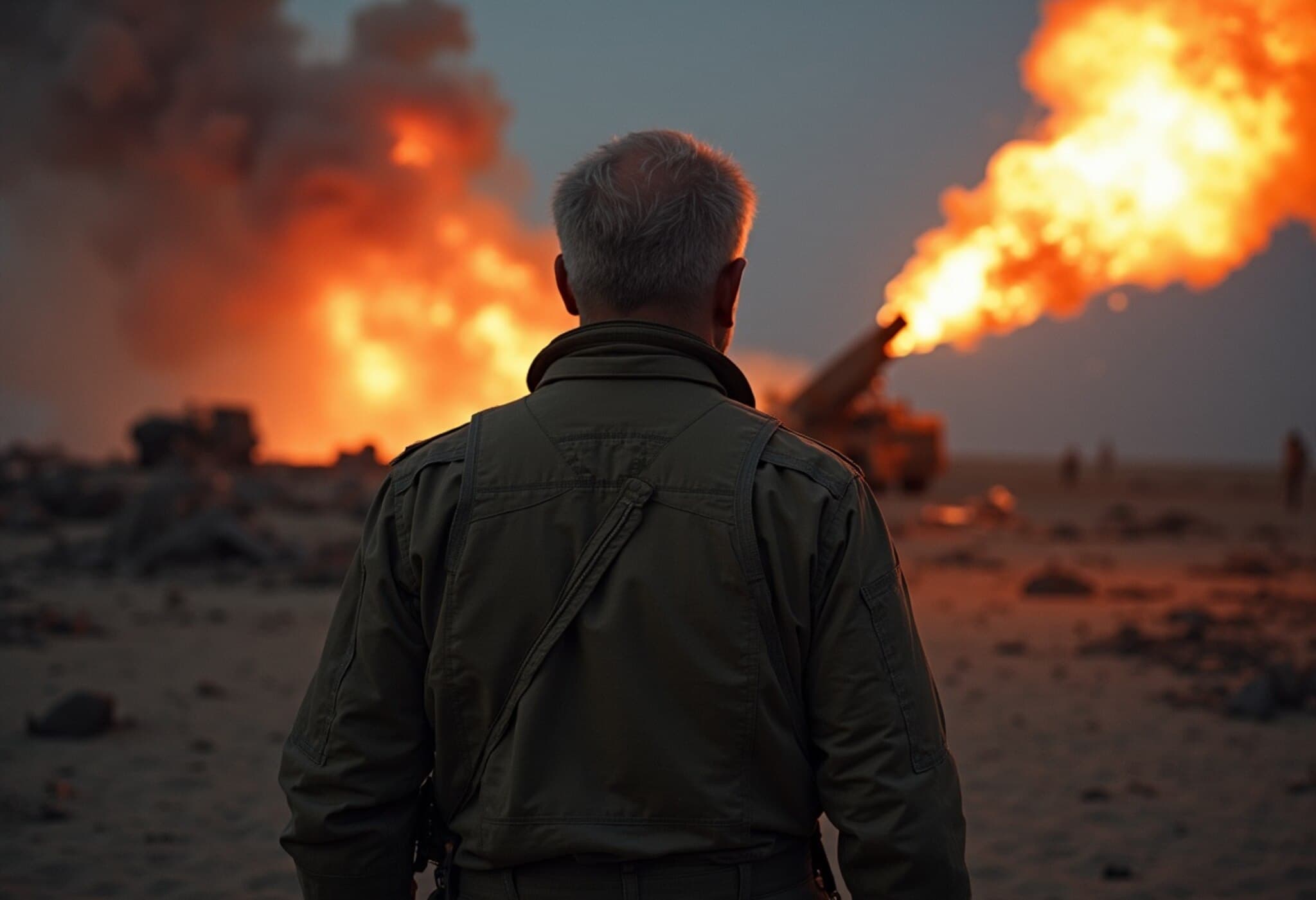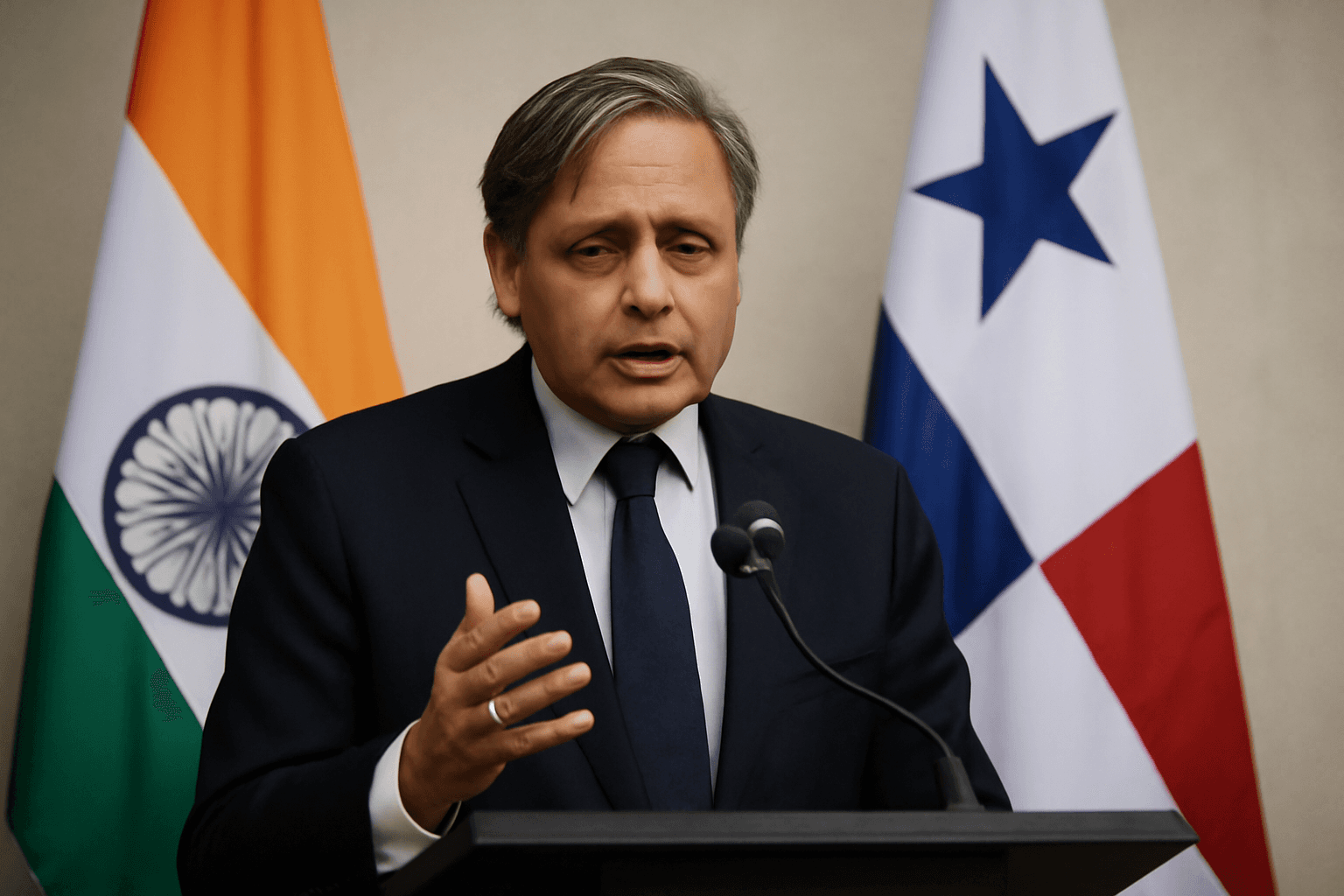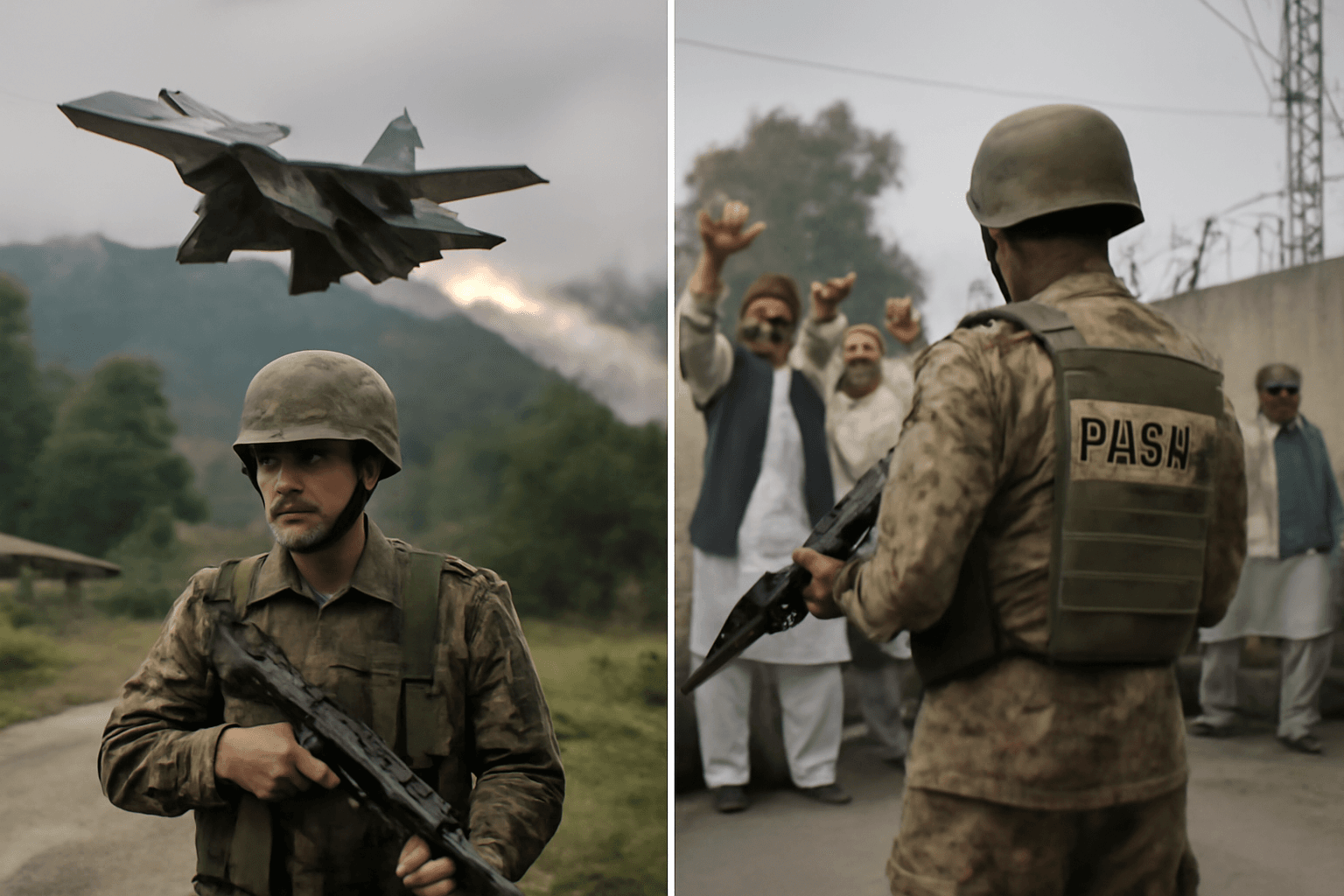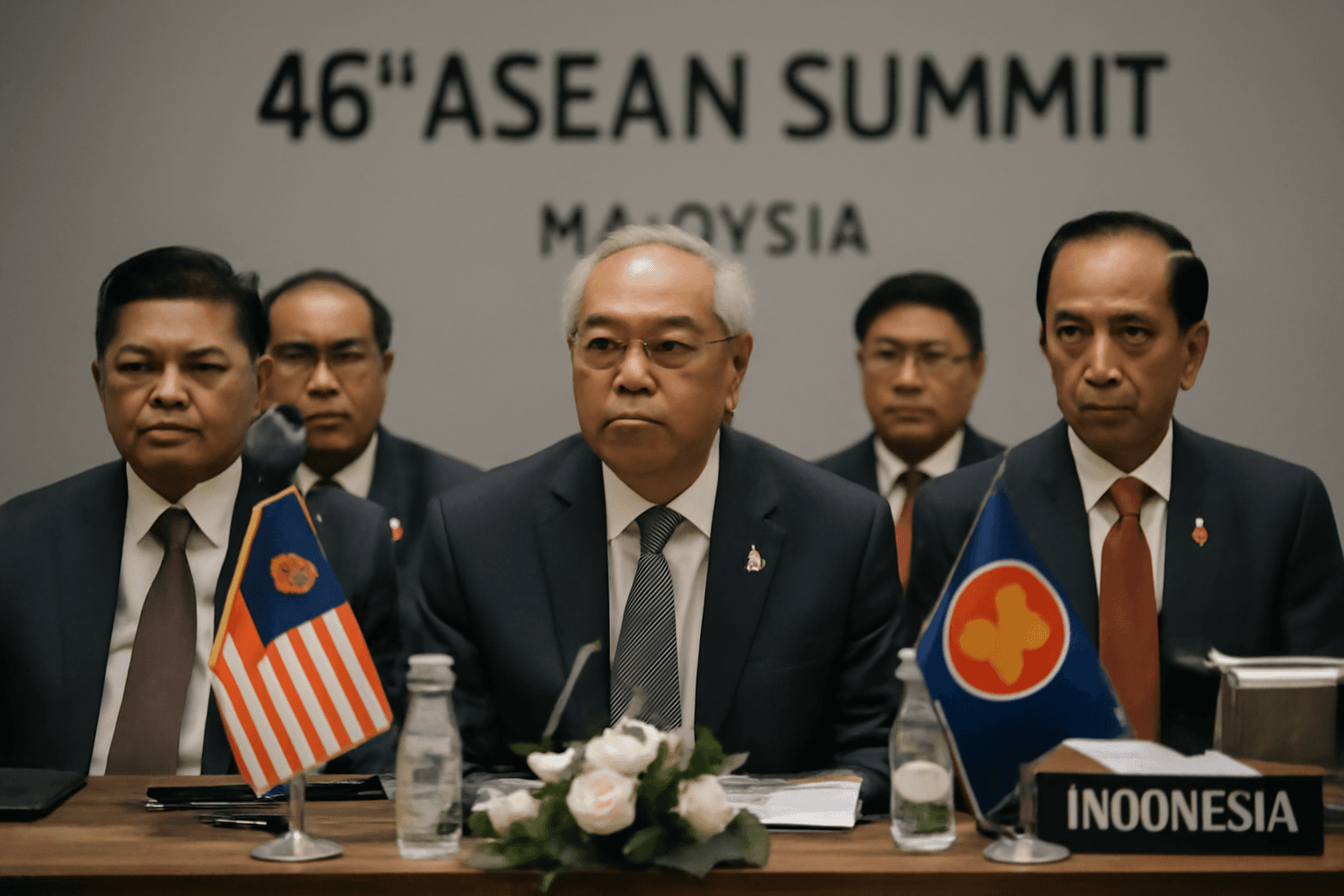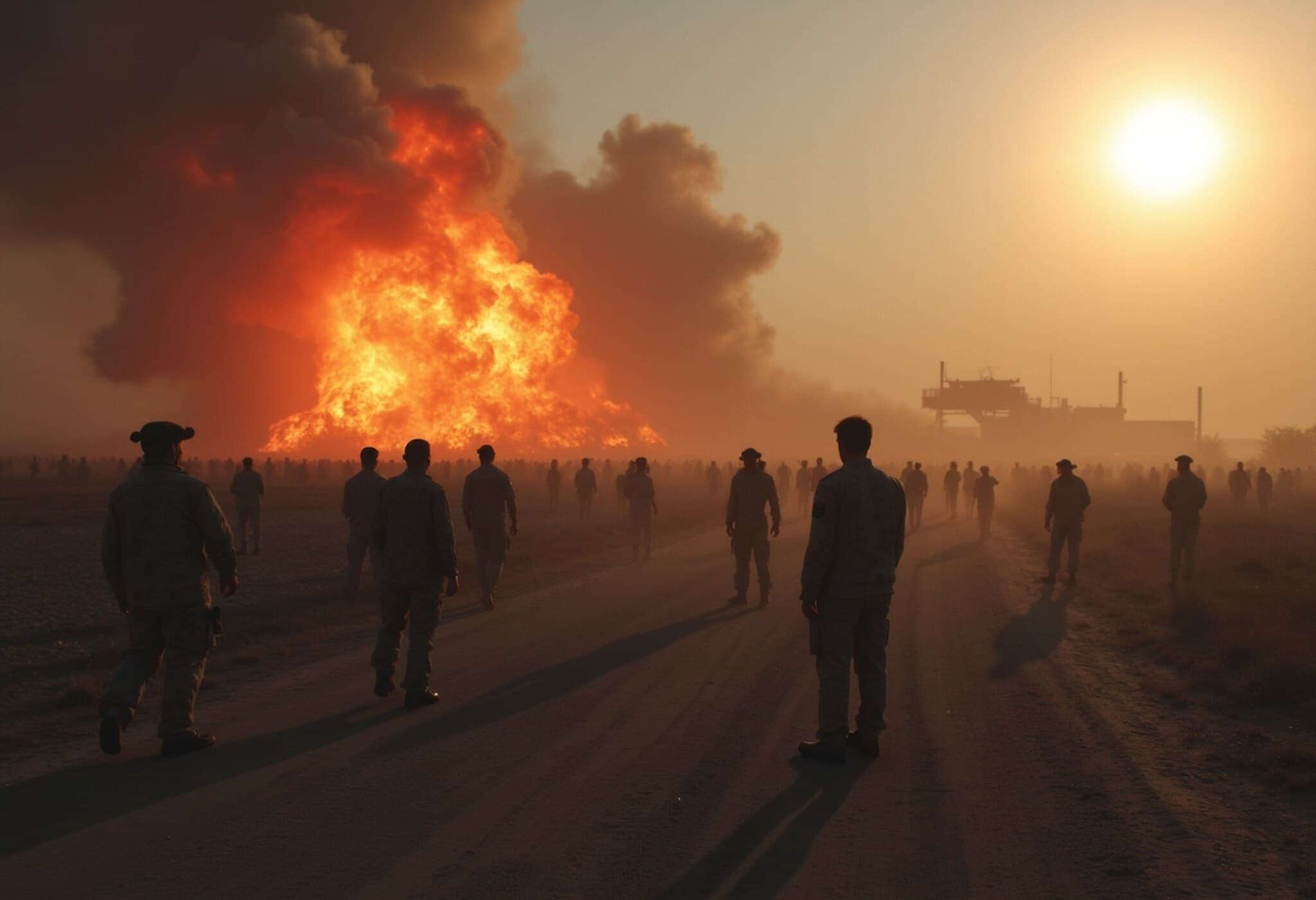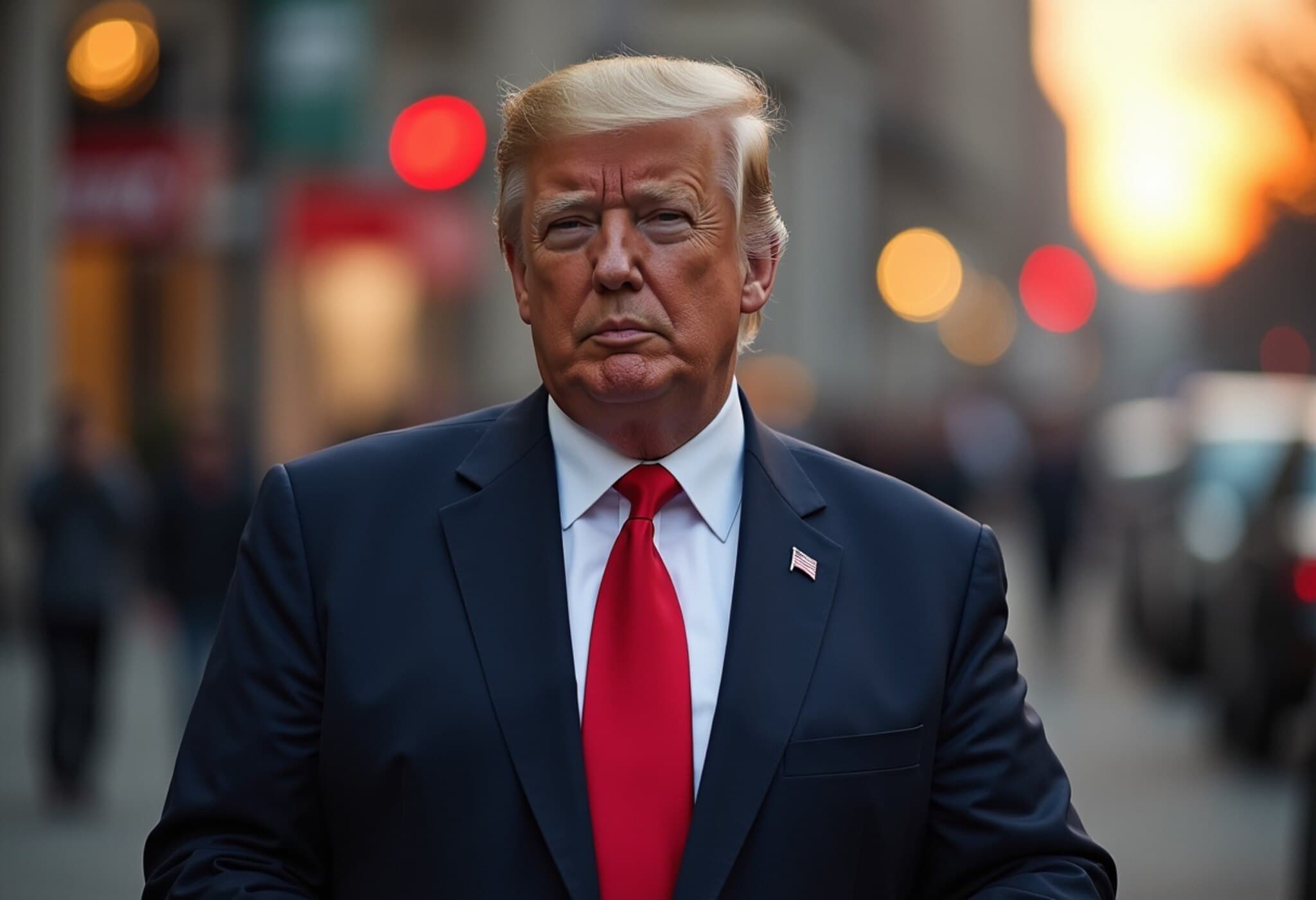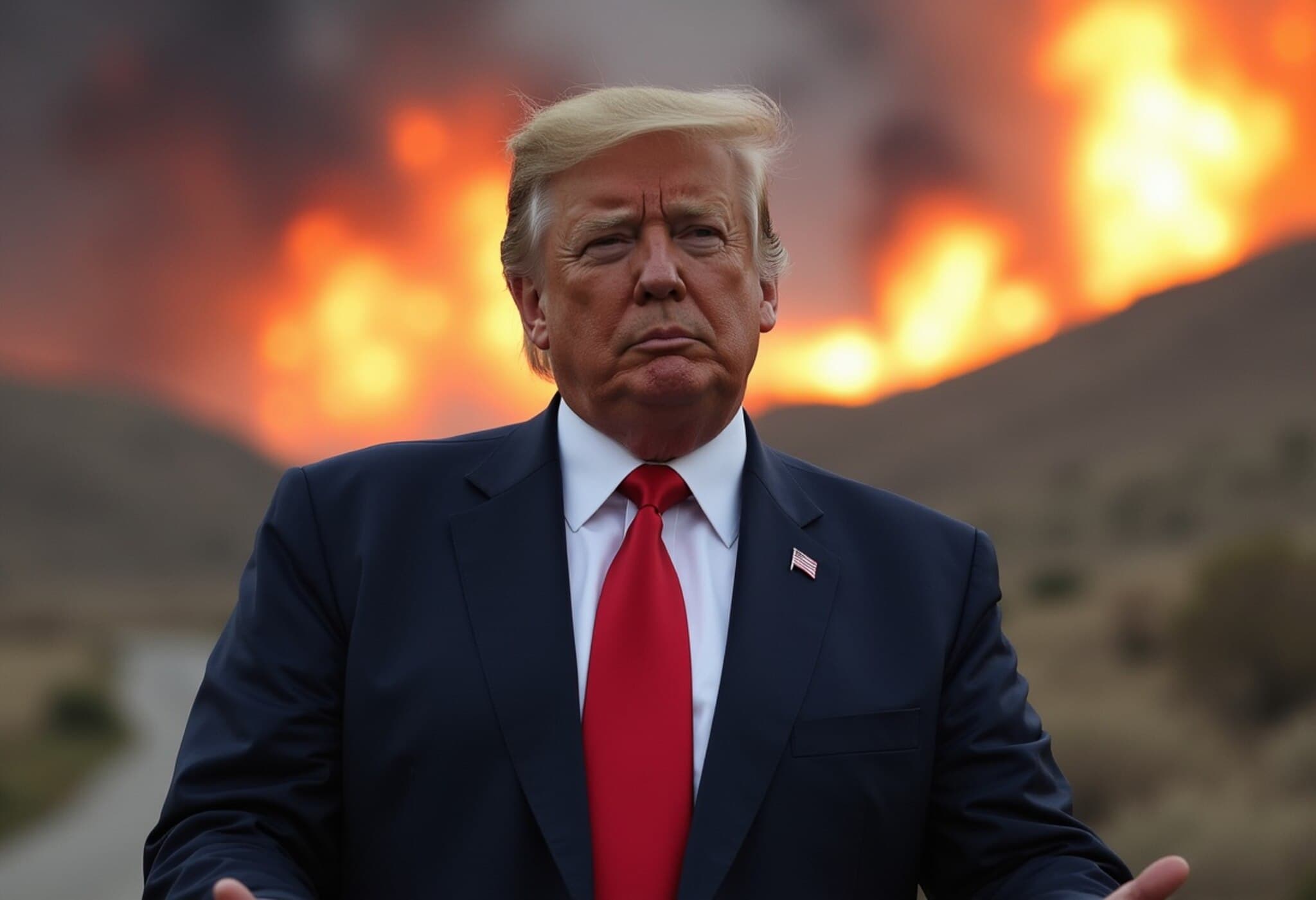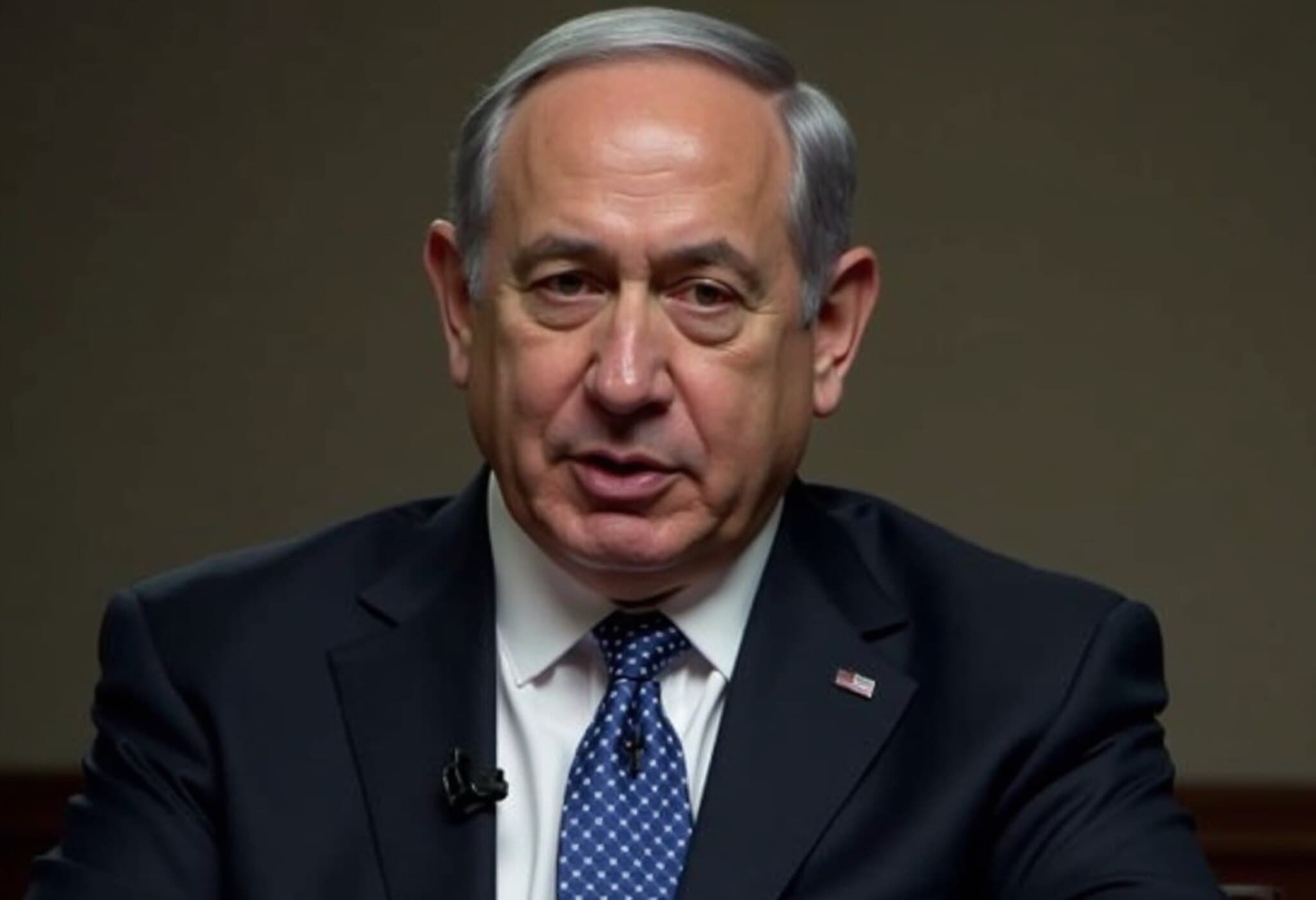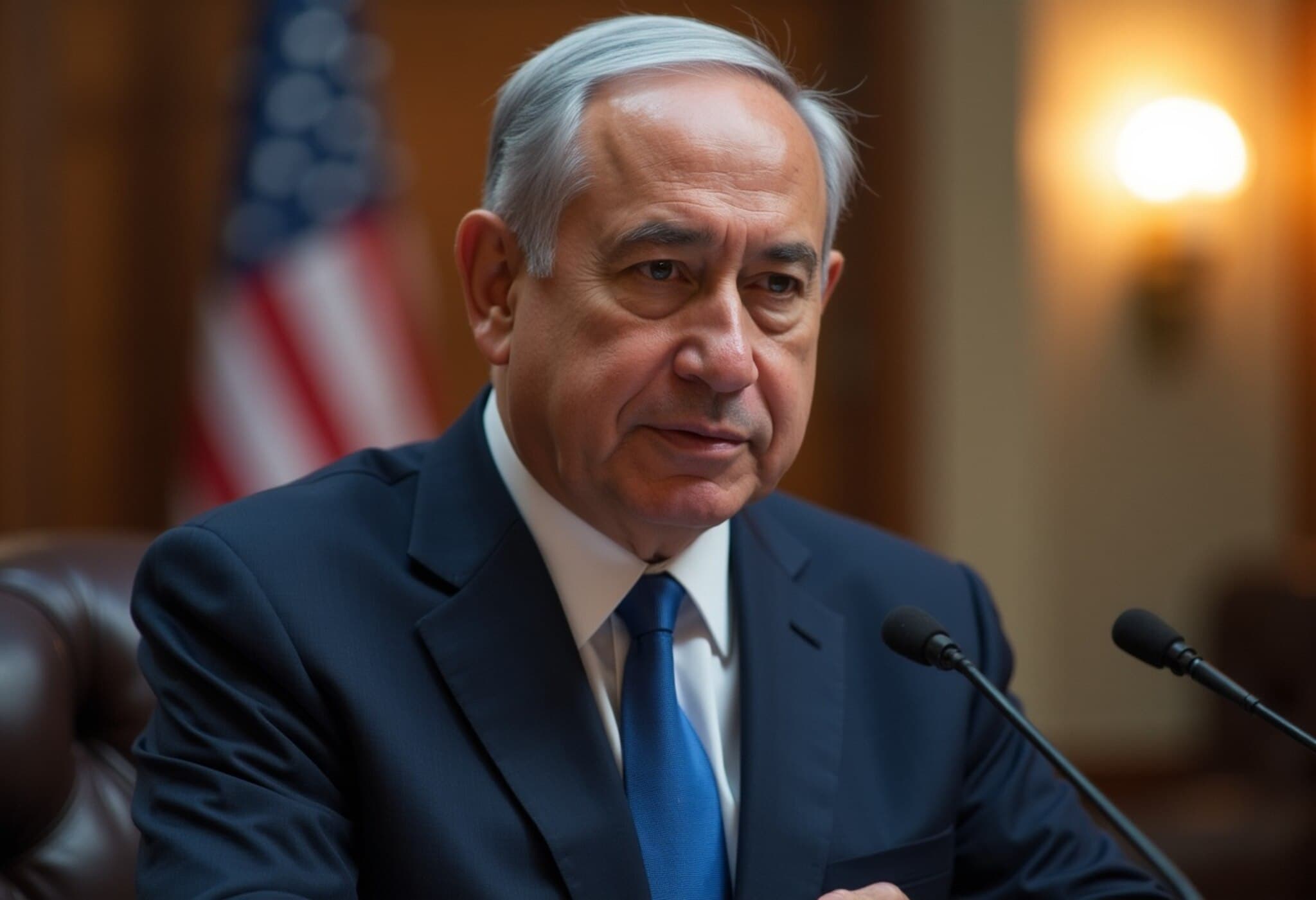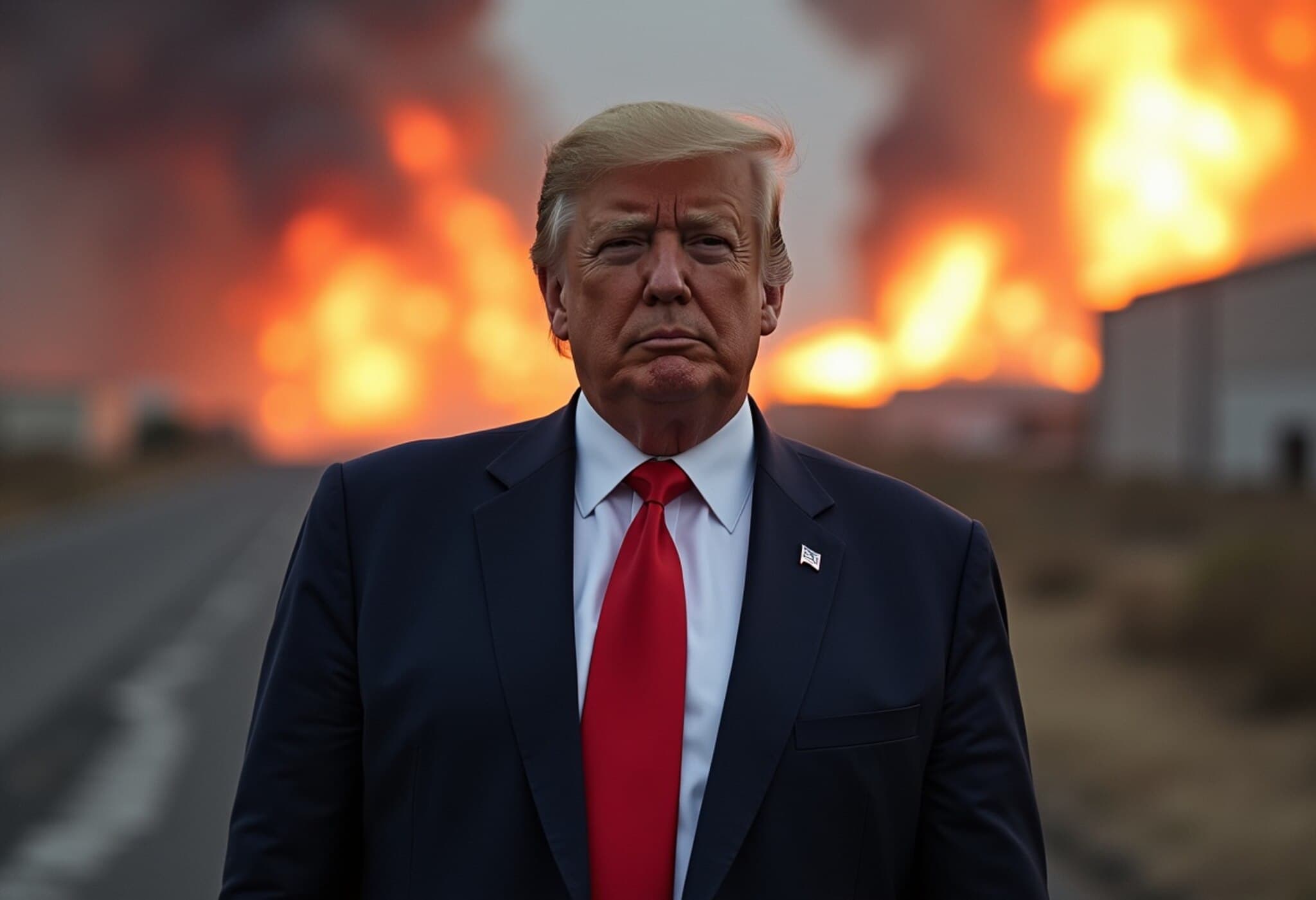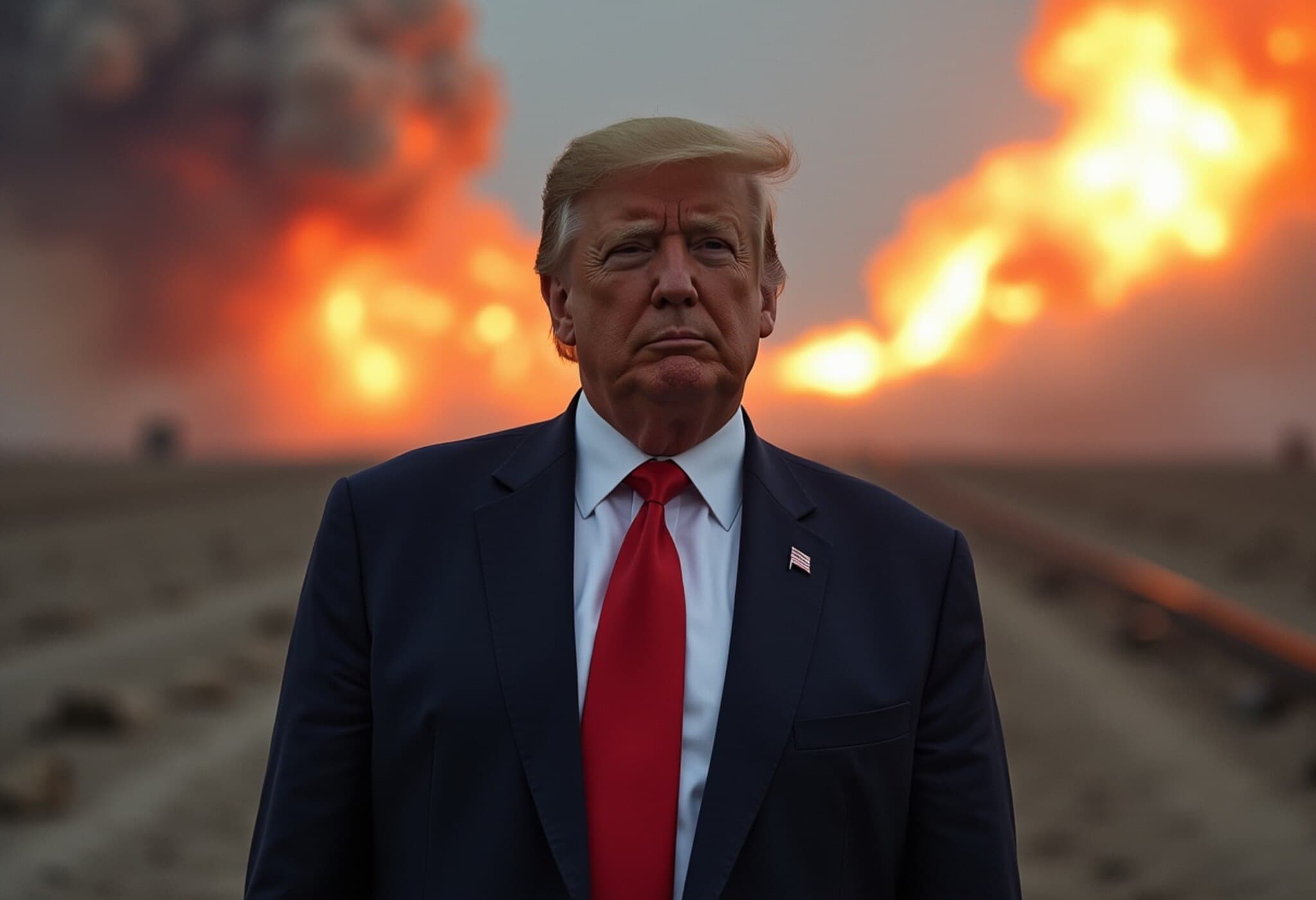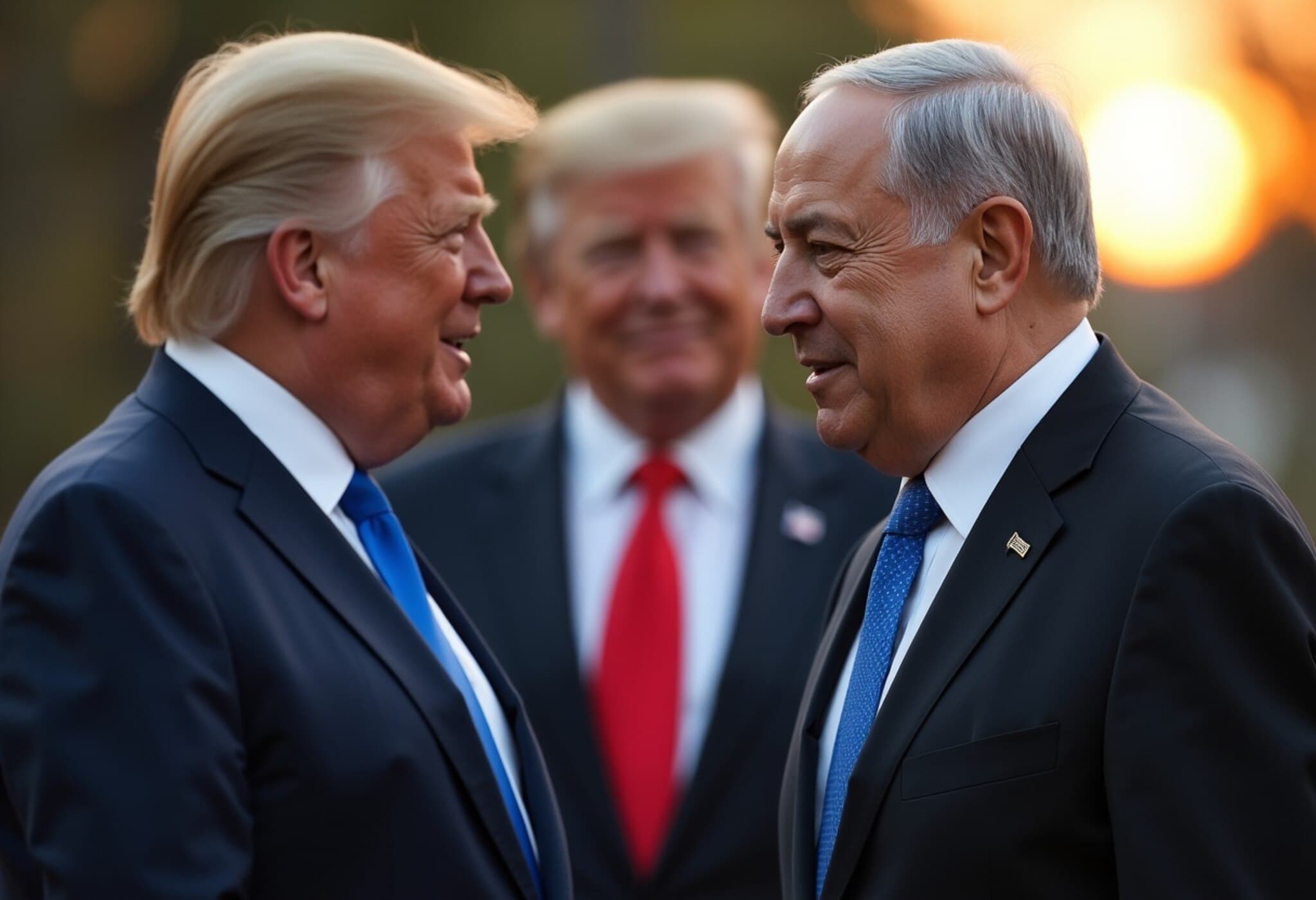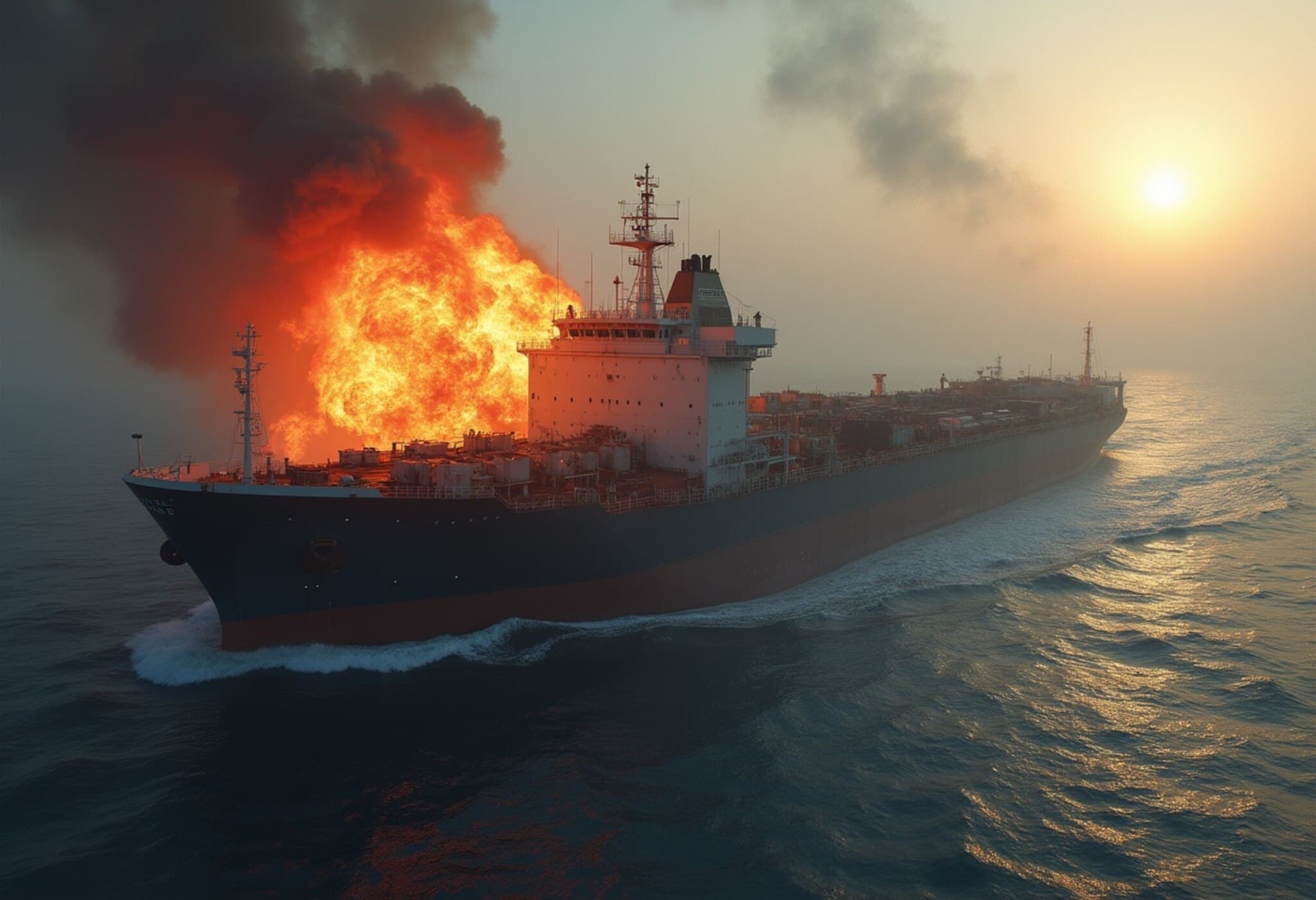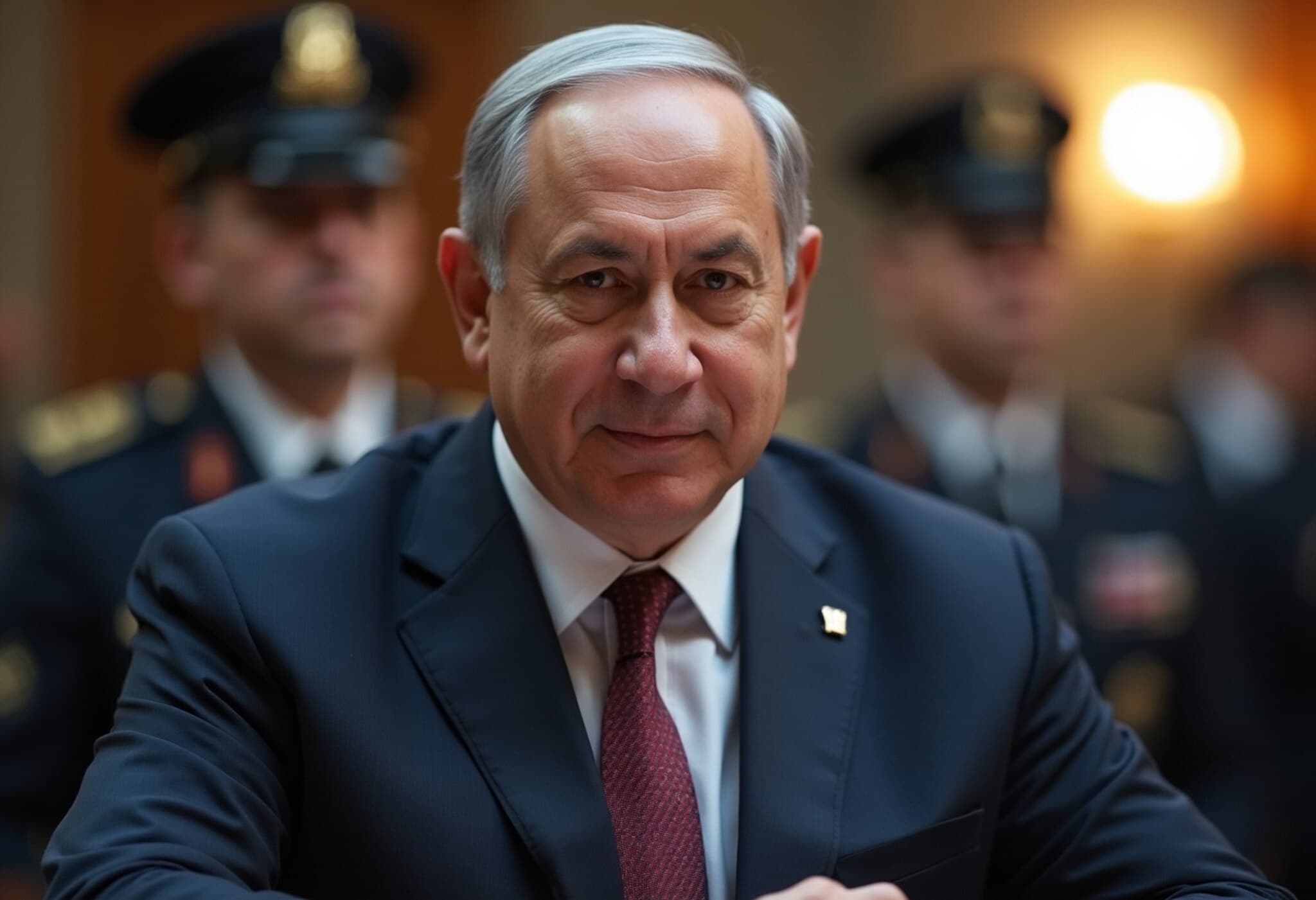Operation Midnight Hammer: A Secret Strike Unfolded
In a move that caught many off guard, the U.S. launched airstrikes on three Iranian nuclear facilities just days after then-President Donald Trump issued a two-week ultimatum regarding Iran’s involvement in Middle Eastern tensions. Dubbed Operation Midnight Hammer, the mission was a top-secret effort with very limited knowledge even among senior officials in Washington.
From Public Ultimatum to Covert Action
On June 19, President Trump publicly declared that the United States would decide within two weeks whether to join the escalating conflict between Israel and Iran. However, behind the scenes, the White House was already finalizing strike plans aimed at Iran's nuclear infrastructure.
Following the airstrikes, Trump labeled Iran the "bully of the Middle East," warning of significantly more extensive military actions should Iran refuse to pursue peace.
Limited Disclosure Keeps Operation Under Wraps
General Dan Caine, chairman of the U.S. Joint Chiefs of Staff, revealed that Operation Midnight Hammer was tightly classified, with very few Washington insiders aware of the timing or scope. Most top officials only learned about the strikes after President Trump announced them via his social media platform.
Was the Ultimatum a Bluff?
According to a senior official, the two-week deadline was partly intended to "throw the Iranians off guard," though it carried genuine weight. Trump questioned military leaders extensively about how to keep the operation targeted and avoid escalating the wider conflict. He maintained the authority to abort the operation at any moment, right up until the bombers entered Iranian airspace.
Diplomatic Efforts Faltered Before Military Action
Prior to the strikes, Trump pressed for a diplomatic resolution but grew convinced Iran was unwilling to make meaningful concessions. European attempts to engage Iranian officials, including a meeting between Iran’s Foreign Minister Abbas Araghchi and European diplomats, failed to yield progress, confirming Pentagon preparations for a strike.
Caution and Consensus Among Advisors
Several senior officials, including Vice President and Iraq War veteran JD Vance, urged prudence throughout the deliberations. Known for his skepticism toward U.S. military engagements, Vance wanted to ensure all risks were thoroughly evaluated and minimized. Ultimately, those advising Trump supported the mission, highlighting a unified front within the small circle managing the operation.
The Day of the Bombing: A Calculated Silence
On the morning of the operation, stealth bombers departed without public indication of an impending strike. President Trump attended engagements at his New Jersey golf club, while Vice President Vance traveled back from California—actions that deliberately steered clear of arousing suspicion. Trump returned to the White House as the bombers breached Iranian airspace, leading to the airstrikes, which he announced only twenty minutes after the bombers exited the area.
High-ranking officials including Defense Secretary Pete Hegseth, Secretary of State Marco Rubio, and Special Envoy to the Middle East Steve Witkoff monitored the operation alongside Trump and Vance in the Situation Room.
Shifting U.S. Stance on Israel and Iran
Notably, just over a week before the strikes, U.S. officials described Israeli actions against Iran as unilateral, emphasizing non-involvement. However, this stance shifted rapidly; President Trump soon publicly aligned the United States with Israel’s efforts, boasting about the use of American technology in Israeli operations against Iran and issuing stark warnings to Iran’s Supreme Leader Ali Khamenei.
Considering Dissenting Opinions
Trump reportedly consulted influential advisors like Stephen K. Bannon and Charlie Kirk, who voiced skepticism about direct U.S. involvement. Although he welcomed diverse perspectives, Trump remained resolute, believing the decision would ultimately garner support from his base by preempting a potentially far more dangerous nuclear conflict.
Decision Made Without a Definite Moment
Insiders suggest there was no single instant when the president decided to proceed with the strikes. Instead, it was a gradual realization, reinforced over time, that diplomacy was failing. Vice President Vance underscored that Trump retained the ability to halt the operation until the very last moment but ultimately chose to move forward as the bombers approached Iranian airspace.
Operation Midnight Hammer marks a significant chapter in the complex and ongoing tensions across the Middle East, illustrating decisive military action interwoven with strategic diplomacy and internal deliberations at the highest levels of U.S. government.

